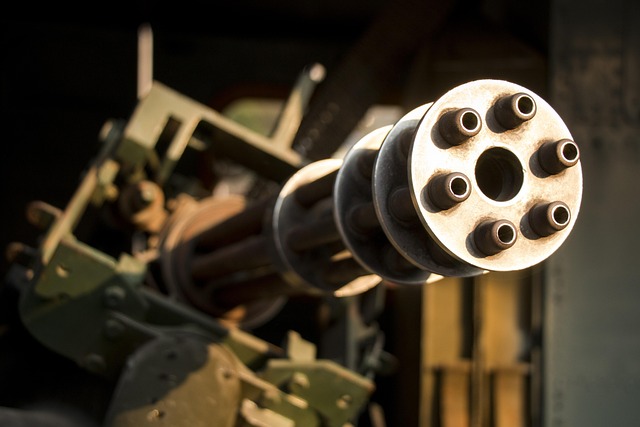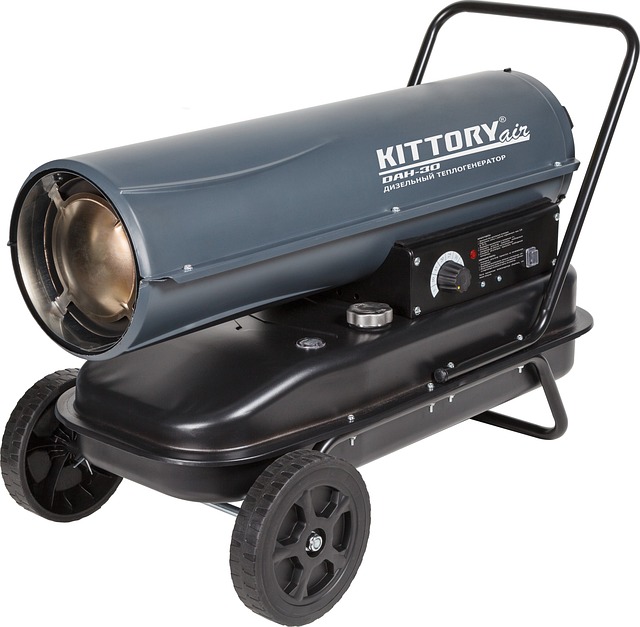Mastering the Heat Gun Wrapping Technique: A Step-by-Step Guide for Flawless Results
The heat gun wrapping technique has become a popular method among DIY enthusiasts and professional wrappers alike for applying vinyl to various surfaces. This technique not only ensures a flawless finish but also enhances the durability and appearance of your projects. In this guide, we’ll explore the art of heat gun wrapping, providing you with expert tips and detailed steps to achieve professional results.
What You Need for Heat Gun Wrapping
Before diving into the heat gun wrapping technique, gather the following tools and materials:
- Heat Gun: Choose a high-quality heat gun with adjustable temperature settings.
- Vinyl Wrap: Select the appropriate vinyl for your project, ensuring it’s suitable for the surface you’re working on.
- Application Tools: Use a squeegee or a felt-tipped applicator for smoothing the vinyl.
- Utility Knife: For trimming excess vinyl once the application is complete.
- Cleaning Supplies: Isopropyl alcohol and a lint-free cloth for surface preparation.
- Measuring Tools: Ruler or measuring tape to ensure accurate cuts and placements.
Preparing for the Heat Gun Wrapping Technique
Proper preparation is essential for a successful vinyl application. Follow these steps:
Step 1: Clean the Surface
Start by thoroughly cleaning the surface where you will apply the vinyl. Use isopropyl alcohol and a lint-free cloth to remove any dirt, oil, or adhesive residues. This ensures better adhesion of the vinyl.
Step 2: Measure and Cut the Vinyl
Measure the area accurately and cut the vinyl to size, leaving a little extra at the edges to allow for adjustments. Smooth out any wrinkles or folds in the vinyl before application.
Applying the Heat Gun Wrapping Technique
Now that you have prepared your materials and workspace, it’s time to apply the heat gun wrapping technique:
Step 3: Position the Vinyl
Carefully position the vinyl on the surface. Start from one edge and gradually lay it down while ensuring it aligns properly. It’s crucial to avoid trapping air bubbles at this stage.
Step 4: Heat the Vinyl
Using your heat gun, apply heat to the vinyl. Hold the gun about 6-8 inches away from the surface. Move it in a back-and-forth motion to avoid overheating any specific area. The heat will make the vinyl more pliable, allowing it to conform to the shape of the surface.
Step 5: Smooth Out the Vinyl
As you heat the vinyl, use your squeegee or applicator to press it down onto the surface. Start from the center and work your way to the edges to push out any air bubbles and wrinkles. Be gentle but firm to achieve a smooth finish.
Step 6: Trim the Excess Vinyl
Once the vinyl is applied and smoothed out, use your utility knife to carefully trim any excess material along the edges. Make sure to cut slowly and precisely to avoid damaging the underlying surface.
Step 7: Final Heating
After trimming, apply a final round of heat to ensure the vinyl adheres well to the surface. This helps to activate the adhesive fully and ensures longevity.
Tips for Successful Heat Gun Wrapping
To achieve the best results with the heat gun wrapping technique, consider these expert tips:
- Always test the heat on a small area first to ensure you don’t overheat the vinyl or damage the surface.
- Work in a well-ventilated area to avoid inhaling any fumes from the vinyl or heat gun.
- Be patient; take your time during the application process for a flawless finish.
- If you encounter air bubbles, use a pin to puncture them gently and smooth them out.
- Store your vinyl and tools properly after use to maintain their quality for future projects.
Conclusion
The heat gun wrapping technique is a valuable skill that can elevate your DIY projects to a professional level. By following this step-by-step guide and applying the tips provided, you’ll be well on your way to mastering vinyl application, ensuring perfect results every time. Happy wrapping!



